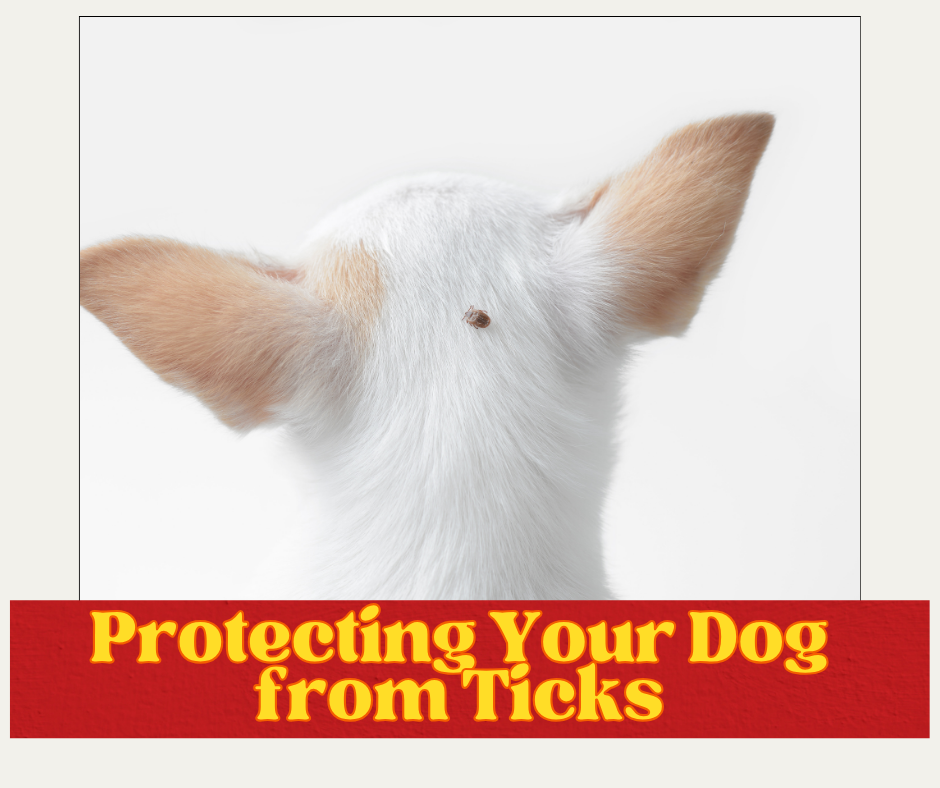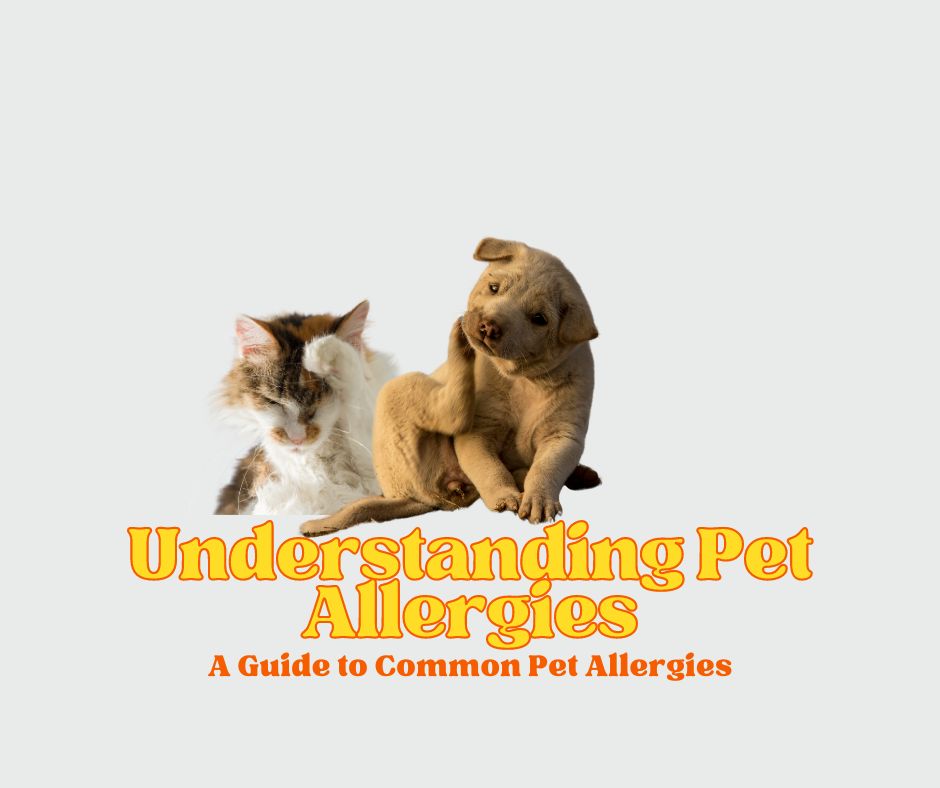As the warm months settle in, so do the unwelcome guests in our beautiful Wisconsin outdoors—ticks. These tiny pests pose a significant health risk to your dog, carrying diseases like Lyme disease, anaplasmosis, and ehrlichiosis. As a responsible pet owner, it’s crucial to know how to protect your furry friend from ticks and what to do if your dog does get bitten. Here’s a comprehensive guide to tick prevention for dogs in Wisconsin.
Understanding the Tick Threat in Wisconsin
Wisconsin’s lush forests, grassy fields, and even urban parks are prime habitats for ticks, particularly from spring through fall. The most common tick species in the state include the Deer Tick (Black-legged Tick), the American Dog Tick (also known as the “wood tick”) and the Lone-Star Tick. These ticks can latch onto your dog during walks, hikes, or even just playing in the backyard.
Tick-Borne Diseases
Ticks are more than just a nuisance—they’re vectors for several dangerous diseases. The most notable tick-borne diseases in Wisconsin include:
Lyme Disease: Caused by the bacteria Borrelia burgdorferi, this disease can lead to symptoms such as fever, joint pain, and lethargy in dogs. Left untreated, it can cause more severe health issues, including kidney disease.
Anaplasmosis: Another bacterial infection, anaplasmosis can cause symptoms similar to Lyme disease, including fever, loss of appetite, and joint pain.
Ehrlichiosis: This disease can cause a wide range of symptoms, from fever and swollen lymph nodes to neurological issues in severe cases.
Preventing Tick Bites: What You Can Do
1. Use Tick Preventatives: One of the most effective ways to protect your dog is by using tick preventatives. There are various options available, including topical treatments and oral medications. Consult with your veterinarian to choose the best option for your dog’s needs.
2. Regular Tick Checks: After spending time outdoors, make it a habit to check your dog for ticks. Pay close attention to areas like the ears, neck, underbelly, and between the toes, as these are common places where ticks like to attach.
3. Maintain Your Yard: Keep your lawn mowed and remove leaf litter and tall grasses where ticks like to hide. Creating a tick-safe zone in your yard can significantly reduce the chances of your dog picking up ticks at home.
4. Avoid Tick-Infested Areas: While it’s not always possible to avoid all tick-prone areas, staying on well-maintained trails during hikes and avoiding dense, wooded, or grassy areas can help reduce exposure.
5. Consider Vaccination: For dogs at high risk of exposure, especially in areas where Lyme disease is prevalent, a Lyme disease vaccination might be recommended. Speak with your vet to determine if this is a good option for your dog.
What to Do If You Find a Tick on Your Dog
If you find a tick on your dog, don’t panic. Follow these steps:
1. Remove the Tick Carefully: Use fine-tipped tweezers to grasp the tick as close to your dog’s skin as possible. Pull upward with steady, even pressure. Avoid twisting or jerking the tick, as this can cause the mouthparts to break off and remain in the skin.
2. Clean the Area: After removing the tick, clean the bite area and your hands with rubbing alcohol or soap and water.
3. Watch for Symptoms: Keep an eye on your dog for any signs of illness, such as fever, lethargy, or loss of appetite, especially if you’re unsure how long the tick was attached. If you notice any unusual symptoms, contact us to schedule an appointment.
4. Consider Testing: If your dog is bitten by a tick, it might be wise to have your vet test for tick-borne diseases, particularly if the tick was attached for more than 24 hours.
Final Thoughts
Ticks are a persistent threat in Wisconsin, but with the right precautions, you can significantly reduce the risk to your dog. Regular tick prevention, routine checks, and being vigilant about symptoms can help keep your pet healthy and happy throughout the tick season.
At Rock Falls Veterinary Care, we’re here to support you with all your pet care needs. If you have any questions about tick prevention or need assistance choosing the right preventative products, don’t hesitate to contact us. Together, we can keep your dog safe from ticks and the diseases they carry.




